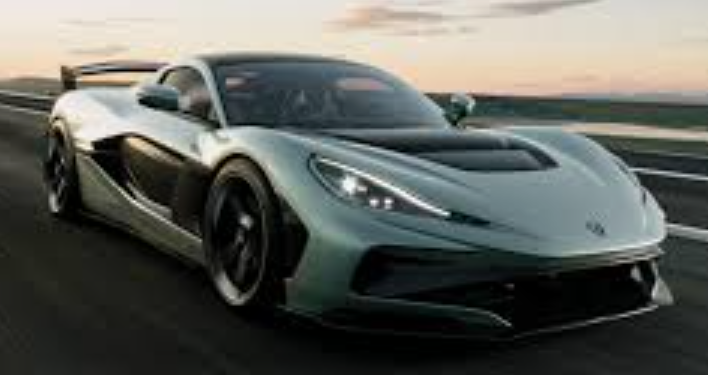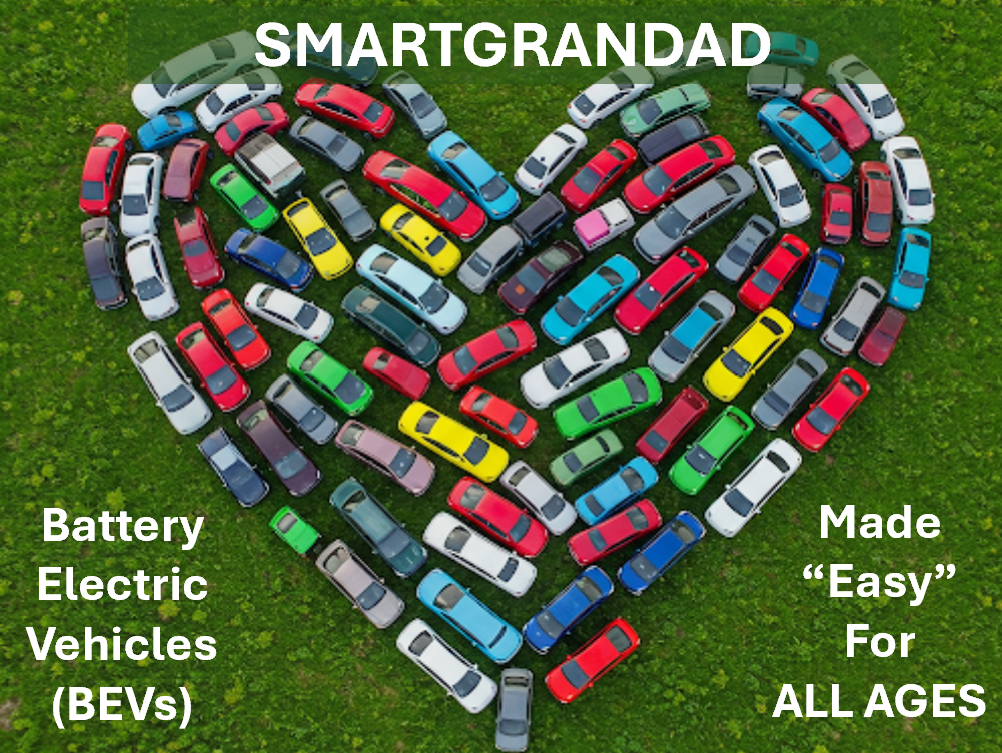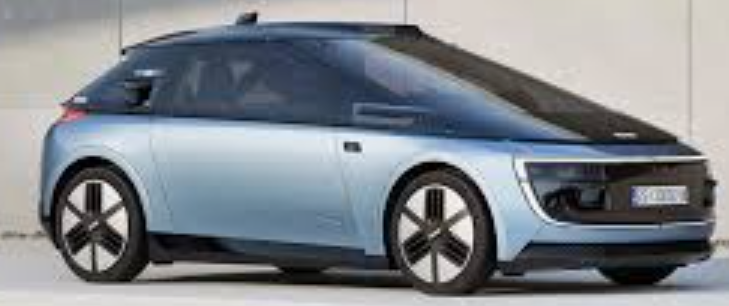Rimac Nevera

1. Body Style and Size Segment
The Nevera is a two-door, two-seat coupe, firmly in the hypercar segment. Its dimensions are 4750 mm (length), 1986 mm (width), and 1208 mm (height), with a wheelbase of 2745 mm.
2. Platform Architecture, Voltage, Range & Efficiency
Built on a bespoke carbon fiber monocoque, the Nevera features a 120 kWh liquid-cooled battery pack. It operates on a 730V (800V-type) architecture, enabling ultra-fast DC charging up to 500 kW. Its WLTP range is approximately 490 km (300 miles), with an efficiency of around 30 kWh/100km.
3. Technical Capabilities
The Nevera boasts four individual electric motors, one for each wheel, enabling advanced Rimac All-Wheel Torque Vectoring (R-AWTV). It features “Driver Coach,” an AI system providing real-time audio and visual guidance for optimizing track performance, utilizing 13 cameras, 12 ultrasonic sensors, and 6 radars.
4. Interior Quality and Storage Capacity
The interior is meticulously crafted with high-quality materials and a driver-centric design. While luxurious, practicality is limited due to its hypercar nature. Storage capacity is minimal; there’s a small rear trunk of 100 liters (3.5 cubic feet), but no frunk.
5. App Functionality
The Rimac M2M system connects the car to a mobile app (Android & iOS). Owners can track live data like GPS location, charging status, and battery health, and analyze driving performance metrics and map previews. The app also supports remote diagnostics and software updates.
6. 3 Pros and 3 Cons
Pros:
- Unparalleled acceleration and top speed for a production EV.
- Cutting-edge torque vectoring and AI-driven “Driver Coach.”
- Rapid charging capabilities (up to 500 kW DC).
Cons:
- Extremely limited production (150 units), making it exclusive and expensive.
- Minimal storage space and limited practicality for daily use.
- Active aerodynamics and complex systems could lead to higher maintenance.
7. Overall Summary
The 2025 Rimac Nevera is a technological marvel that redefines electric hypercar performance. While its eye-watering price and limited practicality set it apart from typical EVs, its groundbreaking speed, advanced driver aids, and bespoke engineering position it as a direct competitor to other ultra-exclusive electric hypercars like the Pininfarina Battista and Lotus Evija, pushing the boundaries of what’s possible in an electric vehicle.
Real world range estimates
The table below shows some estimated real-world examples in perfect condition and in conditions needing A/C to heat or cool vehicles. See our range guide to see how the range is affected in real world. )
| Range | Consumption | |
|---|---|---|
| 90kmh/56mph perfect condition | 562 km / 349 mi | 19 kWh/100km / 3.3 mi/kWh |
| 90kmh/56mph with 2KW heating | 517 km / 313 mi | 21.2 kWh/100km / 2.9 mi/kWh |
| 120kmh/75mph perfect condition | 445 km / 277 mi | 24 kWh/100km / 2.6 mi/kWh |
| 120kmh/75mph with 2KW heating | 416 km / 258 mi | 25.7 kWh/100km / 2.4 mi/kWh |

